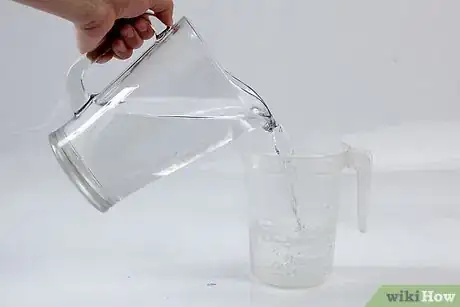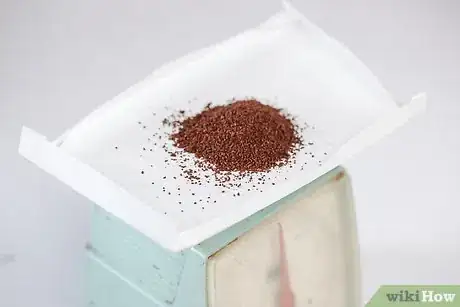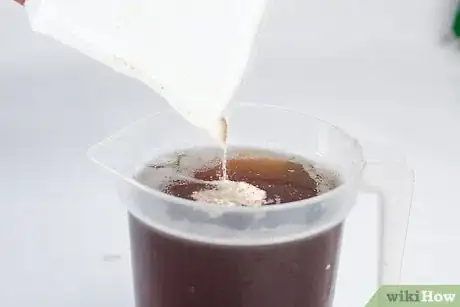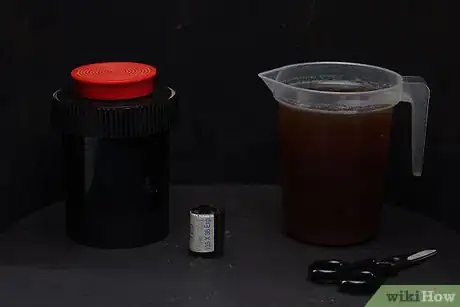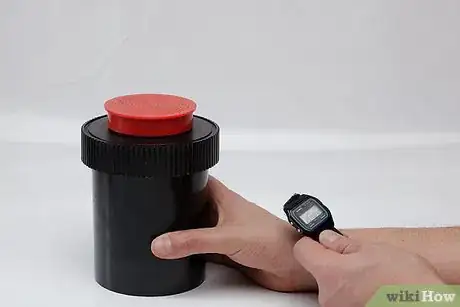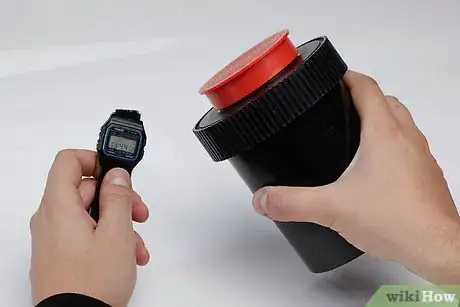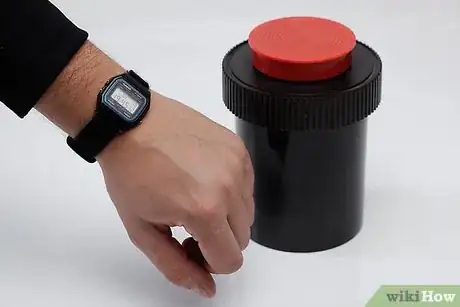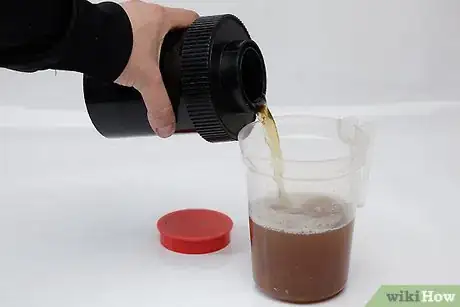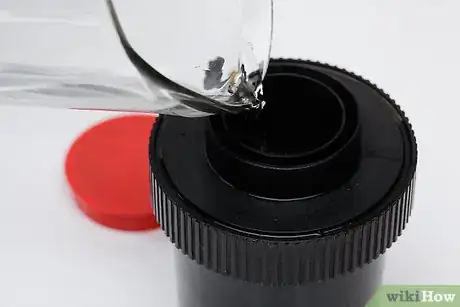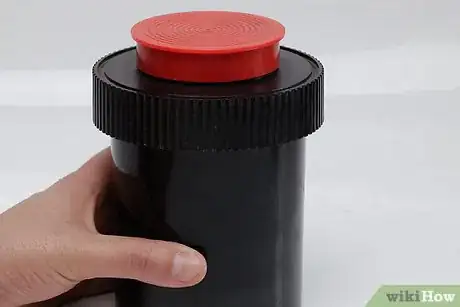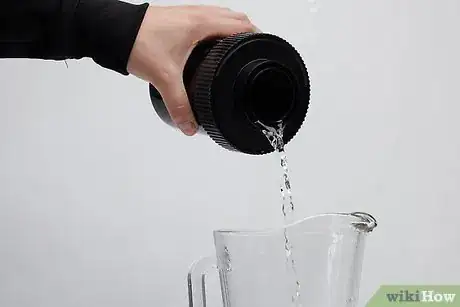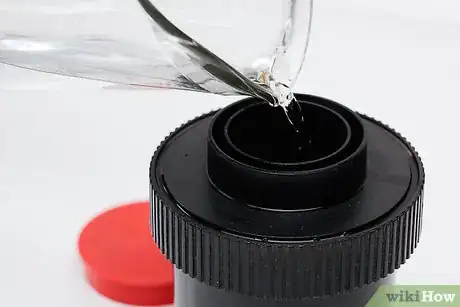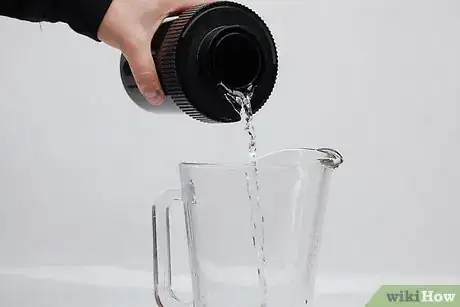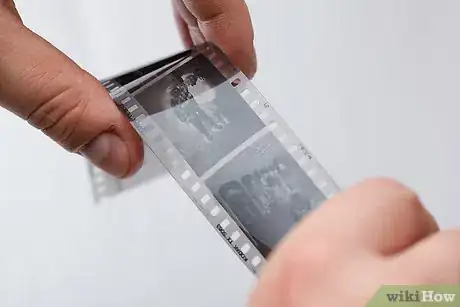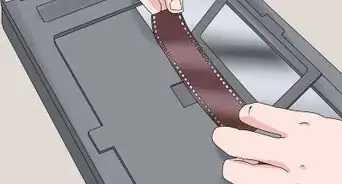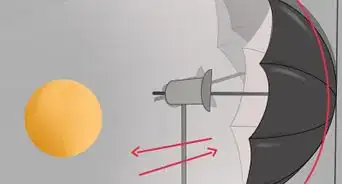wikiHow is a “wiki,” similar to Wikipedia, which means that many of our articles are co-written by multiple authors. To create this article, 9 people, some anonymous, worked to edit and improve it over time.
This article has been viewed 47,228 times.
Learn more...
Common black and white film is made with silver halide, a chemical that can be developed with an alkaline solution in order to bring out the images one has captured with a camera. Many substances can work as "developers," but the hard part is getting the alkalinity right so that the developer can bring out the image: most developers on their own will only give cloudy, indistinct images. One easy way to develop film at home is to use coffee, vitamin C, and washing soda. The first two ingredients bind together to form an effective developer; the washing soda adds alkalinity to the solution and, when film is deposited into the mixture, images are developed. The coffee and washing soda method is less exact than what you might be used to with commercial developing agents; try experimenting with different ingredient ratios and tweaking your camera's exposure to get the look you want for your photographs. This technique requires a developing tank, a simple piece of home photography equipment in which you load your undeveloped film onto reels and close them within a tank with developing fluid. Developing tanks are available at any local photography supplier.
Steps
-
1Fill a bucket with 1 qt. (or 1 lt.) of room temperature water.
-
2Dissolve 10 tsp. (or 50 grams) of washing soda completely into the water.[1]Advertisement
-
3Dissolve 4 tsp. (or 5 grams) of ground coffee completely into the solution.[2]
-
4Dissolve 1 tsp. (or 5 grams) of Vitamin C powder completely into the solution.[3]
-
5Wait up to 10 minutes for any bubbles to evaporate.
-
6Make sure that you are in a completely dark area.
-
7Load your film into the developing tank.[4]
-
8Pour the solution into the developing tank.[5]
-
9Shake the tank gently for about 30 seconds.
-
10Agitate the developing tank every minute for about 10 seconds by inverting it and shaking gently.[6]
-
11Continue for 10 to 20 minutes.
-
12Pour the developing solution out.
-
13Pour in 1 qt. (or 1 lt.) of tap water.
-
14Shake the tank gently for about 30 seconds.
-
15Agitate the developing tank every minute for about 10 seconds by inverting it and shaking gently.[7]
-
16Pour out the water after 10 minutes.
-
17Refill the tank with fresh tap water. Repeat the rinse process.
-
18Pour out the water after 10 minutes.
-
19Remove the film.
-
20Hang the film in a corner away from light, dust, and wind.
-
21Wait until the films are dry to see your developed images.[8]
Community Q&A
-
QuestionDo I need to use a fixer for this method?
 Community AnswerYes, you always have to use a fixer. Without it the negatives will fade within a couple years. The fixer dissolves any silver nitrate left on the negatives and preserves the image.
Community AnswerYes, you always have to use a fixer. Without it the negatives will fade within a couple years. The fixer dissolves any silver nitrate left on the negatives and preserves the image. -
QuestionWhat about a fixer? Is this all?
 Peter BjergCommunity AnswerIt's a good idea to use an acidic "stop bath" for 1 minute (with constant agitation) in between the developing and the fixing. The non-toxic DIY version of a stopbath is 2 tsp citric acid per 500 ml cold water. Makes sure the citric acid is completely dissolved before use.
Peter BjergCommunity AnswerIt's a good idea to use an acidic "stop bath" for 1 minute (with constant agitation) in between the developing and the fixing. The non-toxic DIY version of a stopbath is 2 tsp citric acid per 500 ml cold water. Makes sure the citric acid is completely dissolved before use.
Warnings
- The coffee and washing soda developing process creates a very strong, very bad smell when the ingredients are mixed together.[9] Wearing a protective mask over the nose and mouth may make the process easier.⧼thumbs_response⧽
- Do not use baking soda. Washing soda is sodium carbonate, while baking soda is sodium bicarbonate. Using baking soda will ruin your undeveloped film.⧼thumbs_response⧽
Things You'll Need
- Bucket
- Developing tank
- Ground coffee
- Washing soda
- Vitamin C powder
References
- ↑ https://www.youtube.com/watch?v=zYjOqcbBEco
- ↑ https://www.youtube.com/watch?v=zYjOqcbBEco
- ↑ https://www.youtube.com/watch?v=zYjOqcbBEco
- ↑ https://www.youtube.com/watch?v=DanaD-u9sEQ
- ↑ https://www.youtube.com/watch?v=DanaD-u9sEQ
- ↑ https://www.fieldmag.com/articles/how-to-develop-film-with-coffee-caffenol-guide
- ↑ https://www.fieldmag.com/articles/how-to-develop-film-with-coffee-caffenol-guide
- ↑ https://filmphotographyproject.com/content/features/2011/01/coffee-break-develop-film-home-caffenol/
- ↑ https://www.wired.com/2009/03/develop-film-in/
